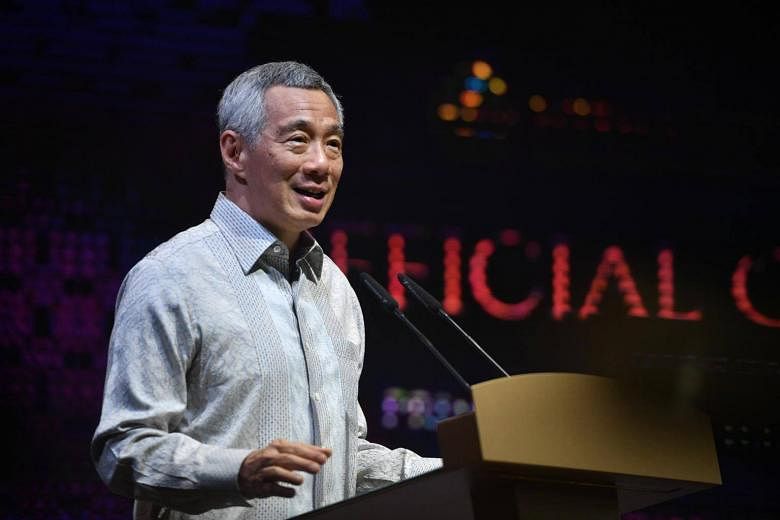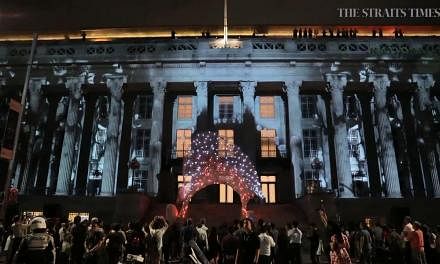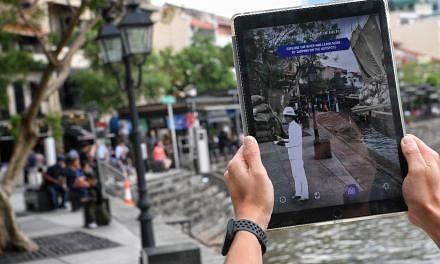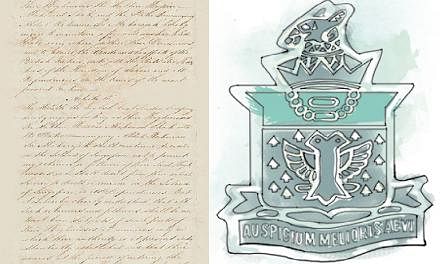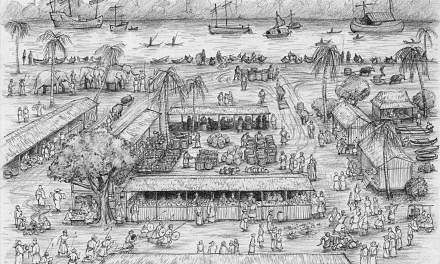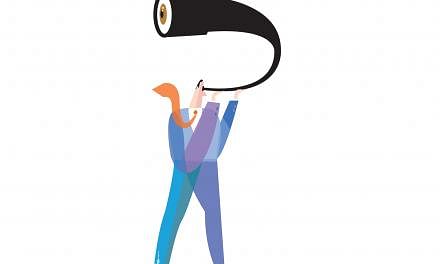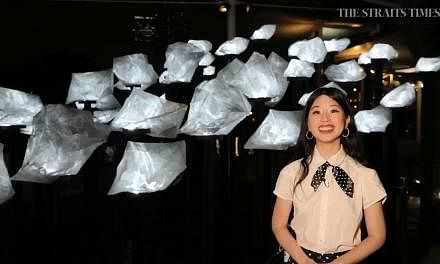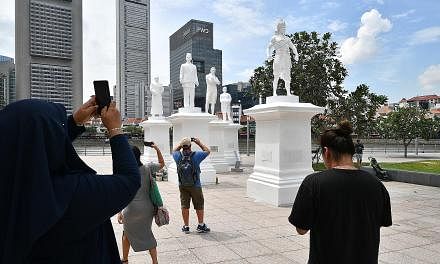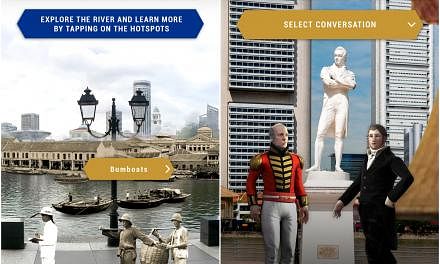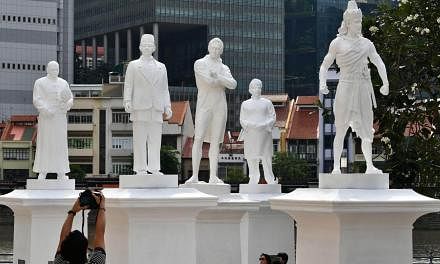Chinese Singaporeans have integrated into a larger, multiracial whole, and become distinct from Chinese communities elsewhere, said Prime Minister Lee Hsien Loong.
In his annual Chinese New Year message, PM Lee highlighted how this integration differentiates Singapore Chinese from the Chinese societies of China, Hong Kong and Taiwan, as well as overseas Chinese minorities in South-east Asia and the West.
But identity, like tradition, is dynamic, he noted.
The Singapore Chinese identity will continue to evolve as new immigrants join and new generations come of age, he said, adding that they will enrich Singapore's cultural heritage with their different life experiences and perspectives.
At the same time, he expressed his hope that the new arrivals will adjust their social norms to the local context and embrace uniquely Singaporean cultural habits over time, just as earlier generations did.
"This is the way for the Chinese community to stay vibrant, and for Singapore to be open, dynamic and resilient for many years to come," PM Lee said.
The Prime Minister recounted in his message how Chinese immigrants who made Singapore their home had developed their own unique rituals and traditions, which were passed down the generations.
"The way we celebrate Chinese New Year reflects how the Singapore Chinese identity has evolved and emerged over the years."
Noting that Singapore is commemorating its bicentenary this year, PM Lee said the arrival of Stamford Raffles 200 years ago marked a crucial turning point in the country's history, including for the Chinese community.
This was because large-scale immigration started only after Raffles established a free port here, with Chinese immigrants coming from as nearby as Malacca and as far away as Canton, Swatow and Amoy to seek their fortunes.
Many immigrants were too poor to travel back home for Chinese New Year, and instead recreated whatever traditions they could when celebrating here, PM Lee said.
This included eating auspicious food, performing lion dances for good fortune, and setting off firecrackers to drive away evil spirits.
Today, Singapore Chinese do lo hei - tossing raw fish salad - to express their hopes and wishes for the coming year, he said.
When visiting friends and relatives, they also enjoy pineapple tarts, kueh lapis spekkoek and kueh bangkit cookies - a reflection of the South-east Asian heritage of the Straits Chinese, he added.
Singapore banned the use of firecrackers in 1972, because of the danger they posed. Chingay parades were held from 1973 to kindle the festive mood in their place.
While the first few parades featured mainly Chinese cultural items such as lion and dragon dances, PM Lee said Chingay has since grown into a celebration for people of all races and ages.
He cited Chinese lion dancers performing alongside Indian dance troupes and Malay children playing the kompang, a traditional drum-like instrument. Groups from countries such as Japan, Russia and China come to participate as well.
The involvement of all races adds a special joy and richness to the festivities, PM Lee said, and reflects Singapore's unique multicultural society.
"We see this happening also when the Chinese join in Hari Raya celebrations with our Muslim friends, and Deepavali festivities with our Hindu friends," he added.
PM Lee wished all Singaporeans a Happy Chinese New Year.
